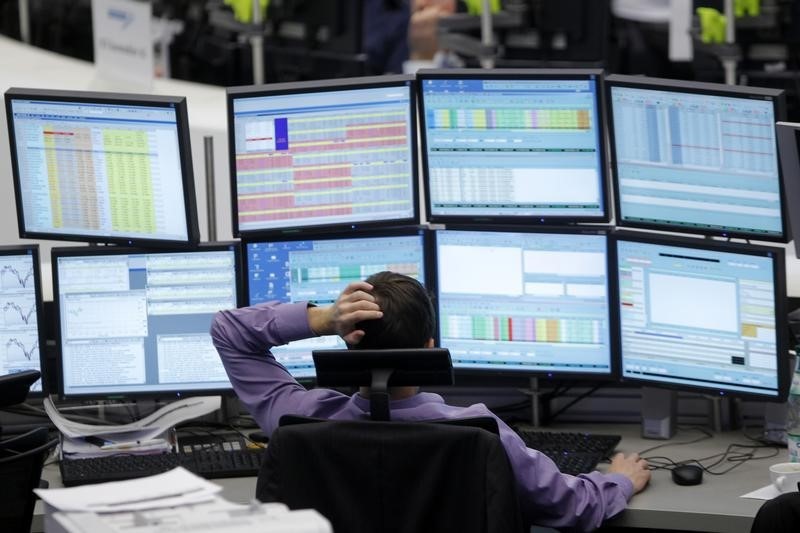© Reuters.
The State Bank of India (SBI) has dismissed allegations that Indian net household financial savings have reached a five-decade low, arguing that the assessment of household saving capacity should also encompass physical savings.
Recent SBI research has pointed to a trend towards physical savings over the past two years, which could be linked to a period of low interest rates. The bank’s economists highlighted a correlation between housing loans and household savings in physical assets, noting that every 1 Rupee increase (1 Rupee = $0.012) in housing loans led to a 2.12 Rupee rise in household’s savings in physical assets over the 14-year period ending FY22.
The Reserve Bank of India’s (RBI) latest monthly bulletin showed a decline in household financial savings to 5.1% of GDP in FY23, down from 7.2% in the previous year and 7.6% post-pandemic. However, SBI argued that this decrease should be viewed alongside an increase in borrowing from commercial banks, with over half of the credit over the last two years being allocated towards housing, education, and vehicle loans.
The recovery in the real estate sector and rising property prices were also flagged as indicators of this shift towards physical savings. RBI data released last month indicated a year-on-year growth of 3.5% in the house price index for Q1:2022-23, up from 1.8% in the preceding quarter and 2.0% a year earlier.
Despite the drop in financial savings, SBI predicts an overall rise in total savings for FY23 compared to the prior year due to an expected growth in physical savings’ share. The bank anticipates that by FY23, physical savings will constitute nearly 70% of total household savings, up from 48% in FY21 and a figure last seen in FY12.
SBI Ecowrap, the bank’s research division, suggested that the significant increase in financial liabilities might indicate a reduction in precautionary saving during the pandemic. Of a 820 crore Rupee (Rs 1 crore = $120,289) increase, 710 crore Rupees were attributed to a rise in household borrowing from commercial banks, with the majority of loans being used for housing, education, and vehicle purchases.
This article was generated with the support of AI and reviewed by an editor. For more information see our T&C.
Read the full article here











